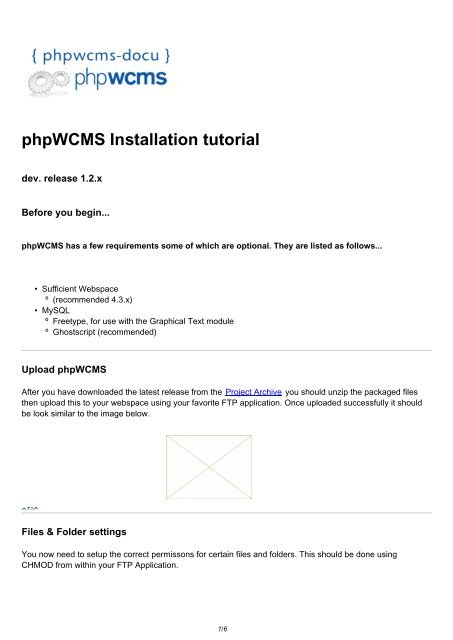

- #How to use default folder x tutorial full
- #How to use default folder x tutorial code
- #How to use default folder x tutorial free
The best way to close a file is by using the with statement.

This way, we are guaranteeing that the file is properly closed even if an exception is raised that causes program flow to stop.
#How to use default folder x tutorial code
If an exception occurs when we are performing some operation with the file, the code exits without closing the file.Ī safer way is to use a try.finally block. Python has a garbage collector to clean up unreferenced objects but we must not rely on it to close the file. It is done using the close() method available in Python.
#How to use default folder x tutorial free
When we are done with performing operations on the file, we need to properly close the file.Ĭlosing a file will free up the resources that were tied with the file. Hence, when working with files in text mode, it is highly recommended to specify the encoding type. So, we must not also rely on the default encoding or else our code will behave differently in different platforms. In windows, it is cp1252 but utf-8 in Linux. Moreover, the default encoding is platform dependent. Unlike other languages, the character a does not imply the number 97 until it is encoded using ASCII (or other equivalent encodings). Opens a file for updating (reading and writing)į = open("test.txt") # equivalent to 'r' or 'rt'į = open("test.txt",'w') # write in text modeį = open("img.bmp",'r+b') # read and write in binary mode Opens a file for appending at the end of the file without truncating it. If the file already exists, the operation fails. Creates a new file if it does not exist or truncates the file if it exists. On the other hand, binary mode returns bytes and this is the mode to be used when dealing with non-text files like images or executable files. In this mode, we get strings when reading from the file.

We can also specify if we want to open the file in text mode or binary mode. In mode, we specify whether we want to read r, write w or append a to the file. We can specify the mode while opening a file.
#How to use default folder x tutorial full
> f = open("C:/Python38/README.txt") # specifying full path > f = open("test.txt") # open file in current directory This function returns a file object, also called a handle, as it is used to read or modify the file accordingly. Python has a built-in open() function to open a file. Hence, in Python, a file operation takes place in the following order: When we are done, it needs to be closed so that the resources that are tied with the file are freed. When we want to read from or write to a file, we need to open it first. Since Random Access Memory (RAM) is volatile (which loses its data when the computer is turned off), we use files for future use of the data by permanently storing them. They are used to permanently store data in a non-volatile memory (e.g. Files are named locations on disk to store related information.


 0 kommentar(er)
0 kommentar(er)
